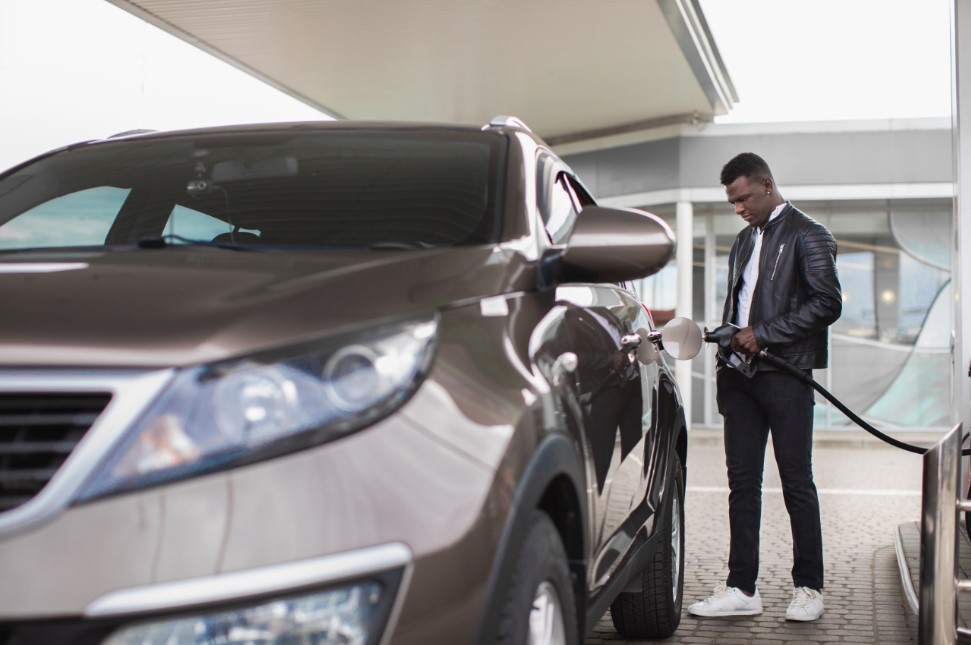
The Options in Brake Pads
It’s hot and sunny, and time to hit the road and blast summer tunes, but don’t get busy with the right pedal and ignore its opposite. You might have to think about brakes in a moment’s notice. When the brakes need replacing, choose carefully.
An optimal set of brake pads will last a year or so. Choices for new pads are ceramic, metallic or organic. This brake pad squeezes against the rotor, causing friction and slowing, enough to stop your car.
Once you have ground through the manufacturer-installed brake pads (often referred to as OEM pads), you need to choose a new set. You may also want to consider performance requirements. In today’s blog, we’ll go over your brake pad installation options so you can stop on a dime. Take into consideration livability issues like noise and dust plus stopping power.
First, think about what it’s made of. You can select semi-metallic pads for extreme conditions. They are good with heat, so make for excellent fade resistance. Look for more than usual squeakiness and black dust on the rotor. At Christian Brothers of Houston, our talented team members don’t say these are best for typical driving.
Now for brake pads made of organic material. These are quiet and clean, but they are the worst at stopping power friction force.
Ceramics are next up. They have replaced asbestos pads. Choose ceramic pads for fade resistance and capability. They keep going a long time too. Beyond that, the dust they give off is minimal. Watch out for heat at performance speeds, however.
You also need to understand how the brake pads are created. It’s all about the molding and glue. Your original pads were molded right with the shim.
Cheaper varieties use glue instead. You may be able to notice to replace them sooner.
The friendly mechanics at Christian Brothers can explain the details. Call for a repair visit right away!

[1].jpg)
Sunwash-Tech-with-Customer.jpg)




